| Thursday, November 12, 2020 | |
| 09:00 | Registration and welcome coffee |
| 10:15 | Opening and Welcome Remarks |
| 10:25 | Opening remarks by session chair |
| 10:30 | Keynote |
Sensing Technologies and Applications, Tetsuo Nomoto, Head of Sony Semiconductor Solutions Europe, Senior Vice President of Sony Europe BV |
|
| 10:55 | Keynote |
Sensors to Make the World Greener, Easier and Safer |
|
Philipp von Schierstaedt, Vice President & General Manager of Radio Frequency & Sensors, Infineon Technologies Sensors to Make the World Greener, Easier and Safer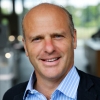
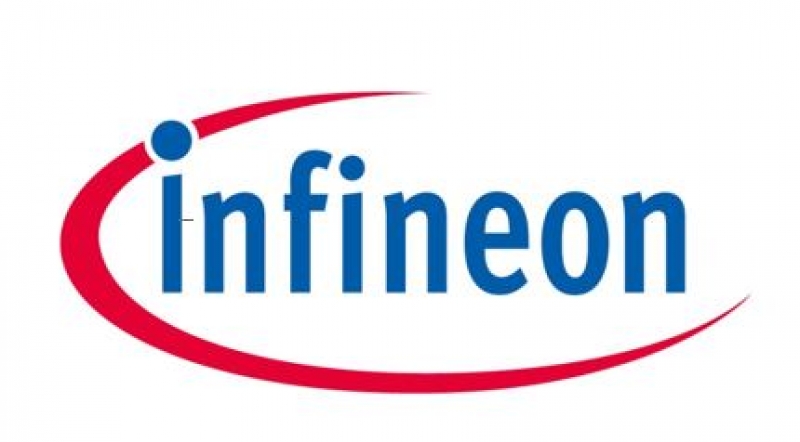 Abstract Biography |
|
| 11:20 | Keynote |
Algorithms, Embedded AI and MEMS Sensors: The Silent Enablers of Sophisticated Daily-Life Use Cases |
|
Ralf Schellin, Vice President and Head of Product Area MEMS, Bosch Sensortec | Robert Bosch GmbH Algorithms, Embedded AI and MEMS Sensors: The Silent Enablers of Sophisticated Daily-Life Use Cases
 Abstract Biography |
|
| 11:45 | Keynote |
Technology and Knowledge Open Hub: a Pathway to Future Imaging and MEMS |
|
Francesco Profumo, President, National Research Council (CNR) Technology and Knowledge Open Hub: a Pathway to Future Imaging and MEMS
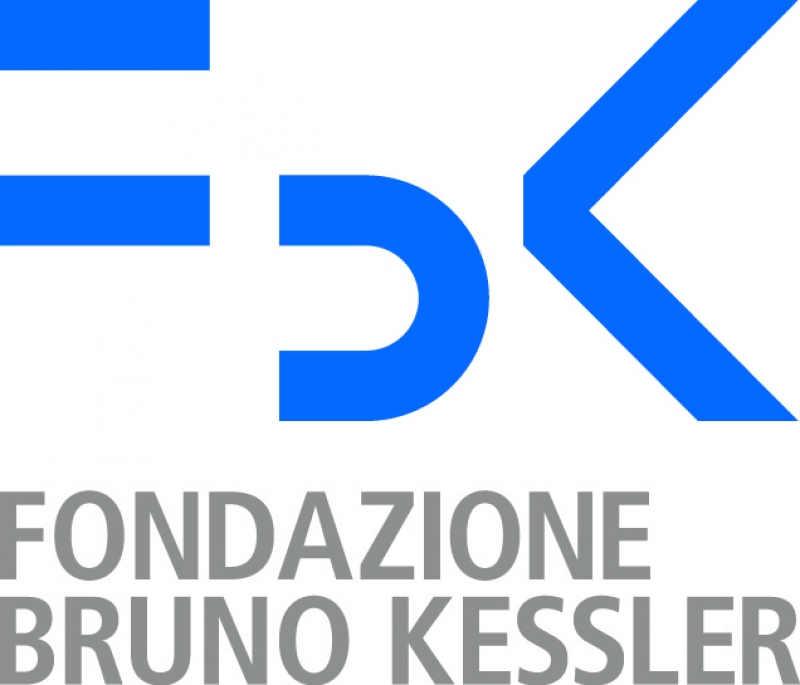 Abstract Biography |
|
Session 2: Market Brief and Analysis |
|
| 12:10 | Session overview by the session chair |
| 12:15 | Embedded computing the next paradigm shift for image sensors |
Pierre Cambou, Principal Analyst, Yole Développement Embedded computing the next paradigm shift for image sensors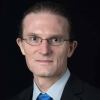
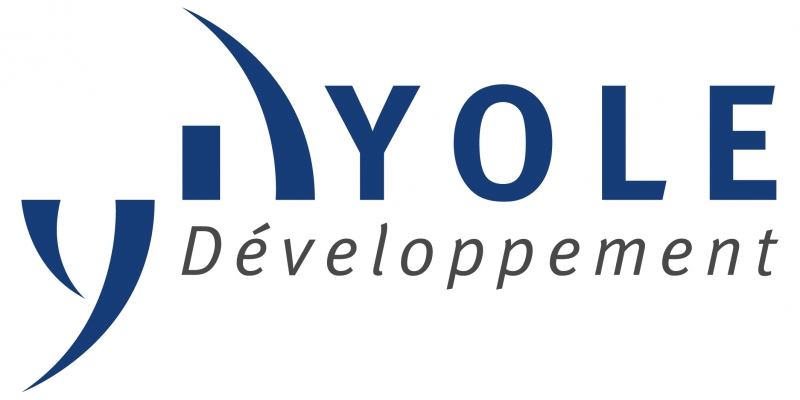 Abstract Biography |
|
| 12:55 | Networking Luncheon |
Session 3: Synergies between MEMS & Imaging Sensors |
|
| 15:00 | Heading to the SEMICON stage for the Technology Showcase |
Session 4: Technology Showcase |
|
| 15:25 | Session overview by the session chair |
| 15:30 | Enabling a World of Enhanced Vision |
Stijn Goossens, Research Engineer, ICFO – The Institute of Photonic Sciences Enabling a World of Enhanced Vision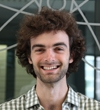
 Abstract Biography |
|
| 15:40 | Analyze-first Architecture for Ultra-low-power Always-on Sensing |
Tom Doyle, CEO, Aspinity Analyze-first Architecture for Ultra-low-power Always-on Sensing
 Abstract Biography |
|
| 15:50 | Novel Platform to Solve 3D Nanometry Challenge |
Mikko Utriainen, CEO, Chipmetrics Oy Novel Platform to Solve 3D Nanometry Challenge
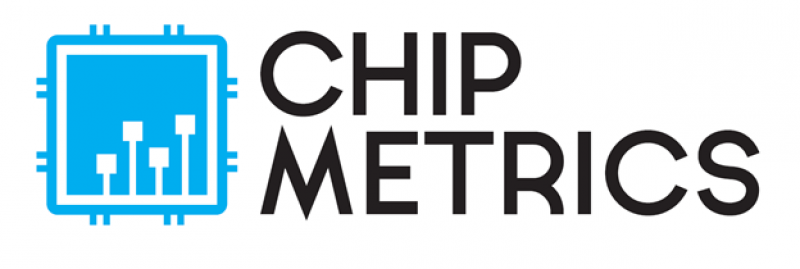 Abstract Biography |
|
| 16:00 | All-Silicon Ultrasonic Gesture Recognition |
Bert Kaiser, Group Leader Reasearch and Development, Fraunhofer Institute for Photonic Microsystems (IPMS) All-Silicon Ultrasonic Gesture Recognition
 Abstract Biography |
|
| 16:10 | Miniature Digital IR Detectors Enabling Gas Sensing Everywhere |
John Phair, CTO, Pyreos Ltd. Miniature Digital IR Detectors Enabling Gas Sensing Everywhere
 Abstract Biography |
|
| 16:20 | XENSIV™ PAS CO2 Sensor: New environmental sensor technology: photoacoustic spectroscopy (PAS) miniaturizes CO2 sensor for high-volume applications |
Andreas Kopetz, Director Environmental Sensing, Infineon Technologies XENSIV™ PAS CO2 Sensor: New environmental sensor technology: photoacoustic spectroscopy (PAS) miniaturizes CO2 sensor for high-volume applications
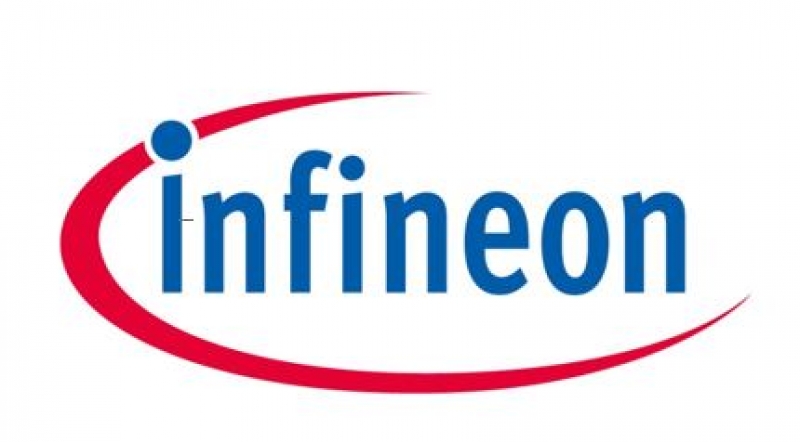 Abstract Biography |
|
| 16:30 | Cast Your Yote and Join the Networking Reception |
| 17:00 | Voting Results for Poster Session Winner 2020 and Notable Mention and Evening Reception at the Showfloor |
| 17:40 | Voting Results for Poster Session Winner 2020 and Notable Mention and Evening Reception at the Showfloor |
| Friday, November 13, 2020 | |
| 07:50 | Registration and welcome coffee |
Session 5: Imaging Technologies |
|
| 09:10 | Reserved sponsored presentation |
| 09:30 | A simple easy to deploy single camera near depth solution |
Paul Gallagher, VP Strategic Marketing, Airy3D A simple easy to deploy single camera near depth solution
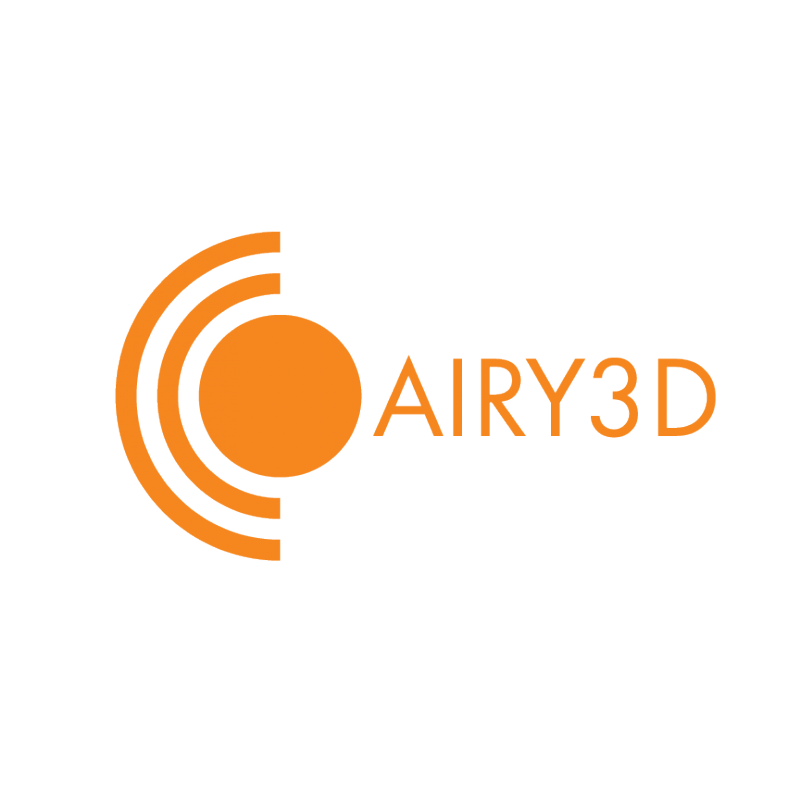 Abstract Biography |
|
| 09:50 | Coffee break |
Session 6: MEMS Technologies |
|
| 11:25 | Novel bonding technologies for photonic and MEMS sensor integration |
Bernd Dielacher, Business Development Manager, EV Group Novel bonding technologies for photonic and MEMS sensor integration
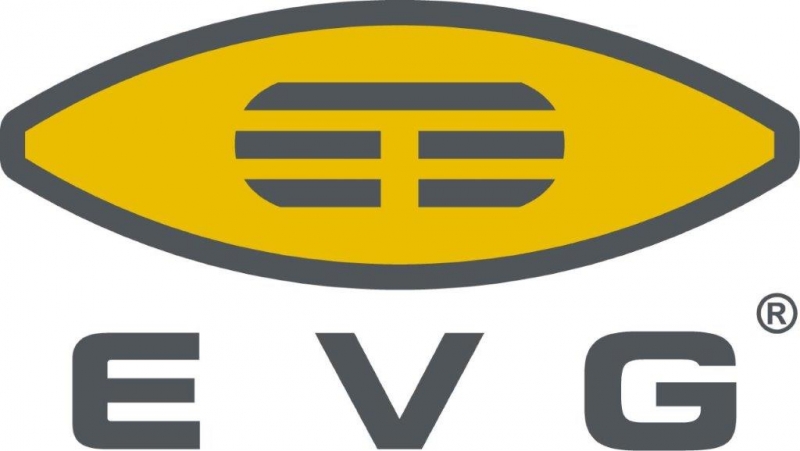 Abstract Biography |
|
Session 7: Sensor Applications |
|
| 11:45 | Opening remarks by session chair |
| 11:50 | Toward Event-Based Vision wide-scale adoption |
Luca Verre, CEO, PROPHESEE Toward Event-Based Vision wide-scale adoption
 Abstract Biography |
|
| 12:10 | Sensing technology in med/surgical, ultra-sonic tech - research, Gioel Molinari, President, Butterfly Network, Inc. |
| 12:30 | COTS image sensors help New space programs |
Alain Bardoux, Head of Detection Department at CNES, CNES COTS image sensors help New space programs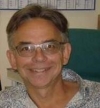
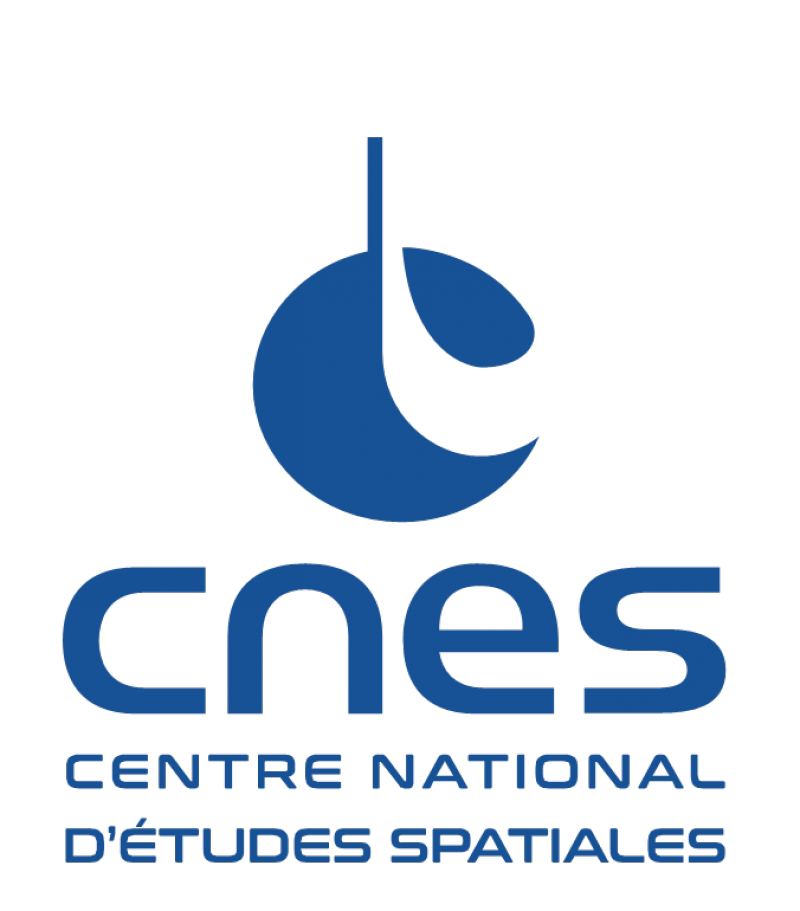 Abstract Biography |
|
| 12:50 | Above and Beyond methodology: Robustness Validation of Automotive MEMS Sensors |
Sandra Vos, R&D Director, PL Motion Sensors, NXP Semiconductors Above and Beyond methodology: Robustness Validation of Automotive MEMS Sensors
 Abstract Biography |
|
| 13:10 | 120fps, ultra high definition (8K UHD), low noise, global shutter sensor for high-end rigid endoscopy |
Jose Segovia, Senior Principal Engineer, Teledyne e2v 120fps, ultra high definition (8K UHD), low noise, global shutter sensor for high-end rigid endoscopy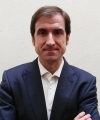
 Abstract Biography |
|